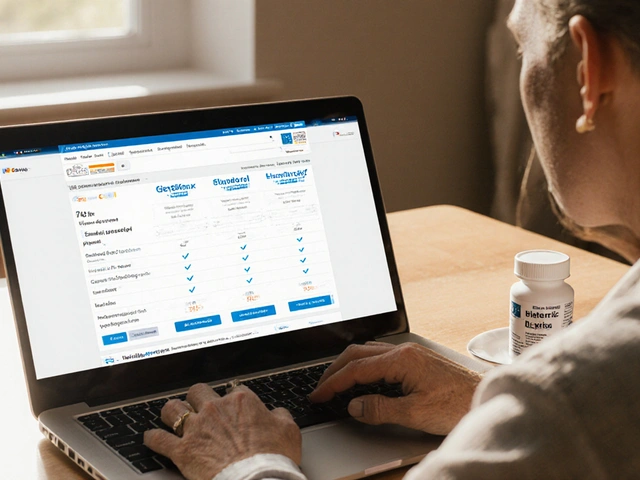Gastroesophageal Reflux: What You Need to Know
Ever felt a burning chest or that uncomfortable sour taste after eating? That’s often gastroesophageal reflux, when stomach acid sneaks back up into your esophagus. It’s pretty common, but if it keeps happening, it can cause bigger problems, so let’s talk about what triggers it and how to deal with it.
Gastroesophageal reflux happens when the valve between your stomach and esophagus doesn’t close properly. This lets acid flow up and irritate the lining of the esophagus, causing that burning feeling known as heartburn. Triggers are often certain foods like spicy meals, chocolate, or coffee, but things like being overweight, smoking, or lying down soon after a meal can also make reflux worse.
Spotting the Symptoms Early
Knowing the signs helps you catch reflux before it turns into a bigger issue. Besides heartburn, you might notice burping, a sour taste in the mouth, or even a sore throat and hoarseness. If you wake up coughing or have trouble swallowing, that’s a sign to check in with a healthcare pro.
Simple Steps to Feel Better
There’s plenty you can do at home to ease reflux. Try not to eat heavy meals right before bed, and raise your head slightly while sleeping to keep acid down. Cutting back on caffeine, acidic foods, and smoking helps a lot. Over-the-counter meds like antacids can give quick relief, but if you find yourself using them all the time, it’s smart to talk to a doctor about long-term options.
Remember, lifestyle changes are key. Even small tweaks can make a big difference in managing symptoms and preventing damage to your esophagus. If symptoms worsen or stick around, don’t ignore them—professional advice can pinpoint the right treatment for you.
Gastroesophageal reflux doesn’t have to rule your life. By spotting symptoms early and making simple changes, you can keep discomfort at bay and protect your overall health.





